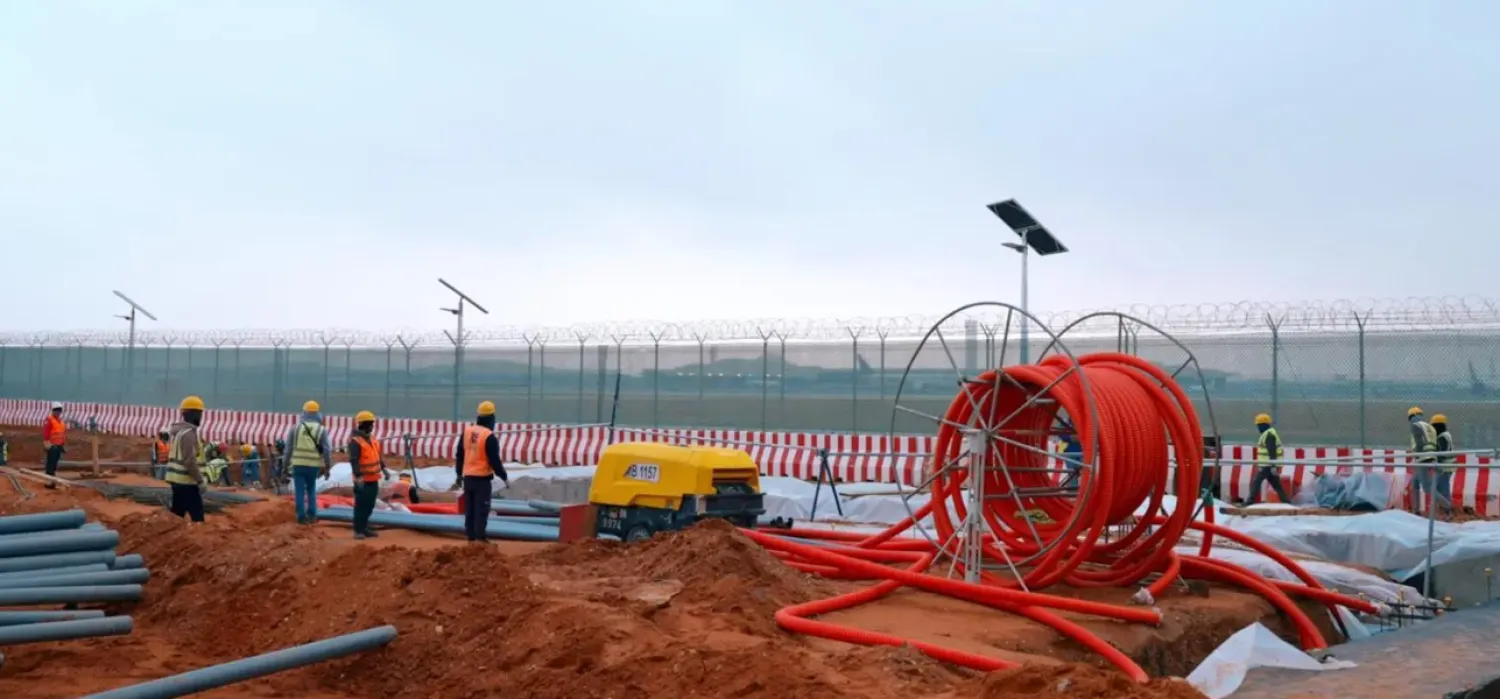Iran’s parliament on Wednesday received a motion from lawmakers seeking to dismiss Economy Minister Abdolnaser Hemmati amid a sharp decline in the national currency, the rial.
Under Iranian law, Hemmati must appear before the legislature within 10 days to defend his record in a session that could result in his removal.
Ahmad Naderi, a Tehran MP and member of the parliament’s presiding board, said 91 lawmakers had signed the motion.
The move follows closed-door talks between President Masoud Pezeshkian and Hemmati with MPs over the plunging rial, which has lost nearly half its value since Pezeshkian took office in July.
On the black market, the rial is now trading at more than 900,000 to the US dollar, compared with less than 600,000 in mid-2024.
The slide has accelerated since the fall of Syrian president Bashar al-Assad, a longtime Iranian ally, on December 8.
Decades of US-led sanctions have battered Iran’s economy, with inflation worsening since Washington pulled out of a landmark 2015 nuclear deal in 2018.
US President Donald Trump, who returned to the White House in January, has revived his policy of “maximum pressure” on Iran, further tightening restrictions on the country.
Pezeshkian has vowed to seek a return to the nuclear accord and the lifting of sanctions, but diplomatic efforts have so far to make any headway.
In April 2023, lawmakers dismissed the industry minister Reza Fatemi Amin over soaring car prices.









